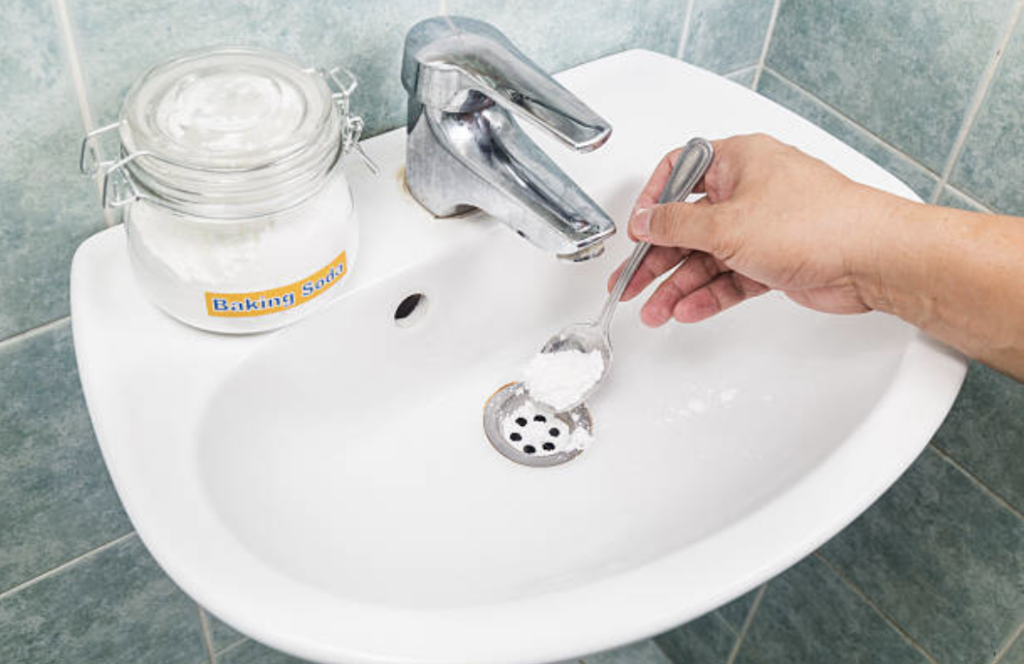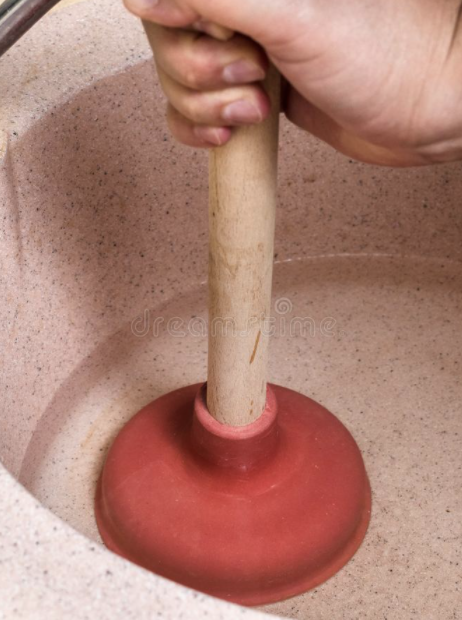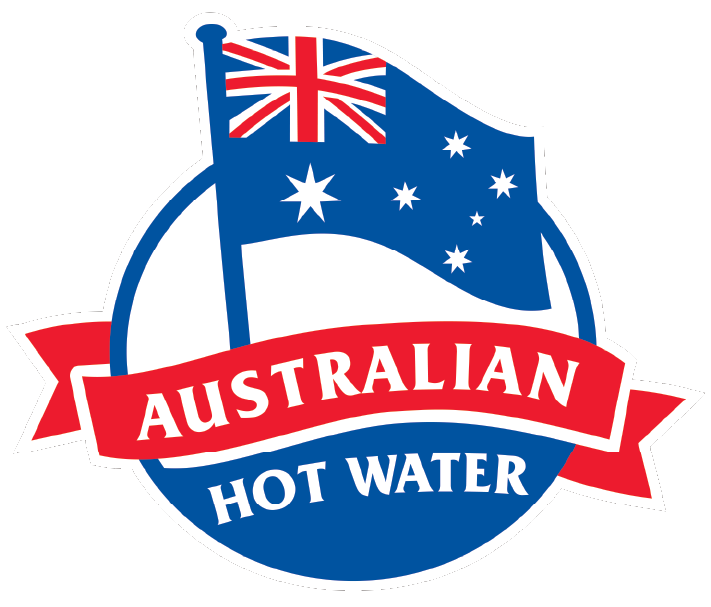A blocked drain is one of the most common household problems that we all experience. It can be a real nuisance for a number of different reasons. The most common problem is that it causes water to back up into the sink or shower, sometimes bringing germs and debris back up out of the pipes. This can be unpleasant and unhealthy, so it’s important to stay on top of the issue.
Luckily, a blocked drain is also one of the easiest problems that you can fix on your own. If you want to know how to clear a blocked drain, here we give you seven of the best methods available to do so.
Australian Hot Water does not perform drain unblocking work, but you don’t need an expert to fix this common household problem. Just follow the methods we outline here and you will be good to go.
Find your nearest branch
- Boiling Water
The simplest solution for unblocking a drain is to pour boiling water into the clogged drain. Boiling water helps to dissolve and loosen blockages, particularly when they have been caused by a buildup of grease. Make sure you only pour boiling water into pipes made of metal or ceramic, and not PVC, as PVC can actually be warped and melted by extreme heat. Also, make sure you wear gloves so as to avoid being burned by splashback.
- Baking Soda and Vinegar
This is one of the oldest homemade treatments for a range of household problems. Baking soda (bicarb soda) reacts with the high acidity of the vinegar to produce a powerful chemical transformation. The mixture can be used to remove rust and other difficult buildups, so it usually provides an excellent solution for drains blocked up by food, grease, and other materials. Another advantage of this method is that it is much cheaper than using store-bought chemicals.


- Caustic Chemical Cleaner
Often, we go straight to this step if we just want a quick fix. There are various brands of caustic cleaner (often referred to as ‘draino’) that you can find in your supermarket, as well as some stronger varieties available in hardware stores. These solutions use strong chemicals that are harmful to us and the environment, so you have to be careful when using them (you should also try to avoid using them very often).
Pouring a caustic cleaner into a blocked drain and leaving it overnight is usually enough to dissolve common buildups like hair, grease, and food. Some of these chemicals will not be appropriate for your drain if it is made of certain materials or has been worn down, so make sure you check the individual product instructions. Also, you should always wear gloves – and preferably wear goggles – when handling caustic chemicals.
- Plunger
This is one of the most common methods of unblocking all types of drains and is particularly good for solid buildups that need to be dislodged, rather than dissolved. A plunger works by creating a seal around the drain and then compressing the air to build up pressure. The sudden change in pressure is often enough to dislodge accumulations of food or hair. Another advantage of a plunger is that it is very cheap and can be used again and again – you don’t need to buy more chemicals for each new blockage.


- Plumber’s Snake
A plumber’s snake is a device that is mostly associated with professional use, but you can buy them quite easily from your local hardware store. Basically, it is a snake-like cable that you insert into the drain. There is a rotating coil at the end of the cable. When spinning, the coil breaks down built up material and physically removes the blockage. It is often useful to use this method in conjunction with other methods, such as boiling water, bicarb-vinegar mix, or a caustic cleaner. Once the build up has been broken up, applying a liquid can then help dissolve the remaining material and carry it away from the blockage zone.
- Unscrew the U-Bend
If you are wondering how to unblock a sink, as opposed to a bath or shower drain, this method may be best for you. The U-bend or ‘trap’ is the part of your under-sink piping that is curved in the shape of a ‘U’. Often, sink blockages occur not too far from the drain itself, which makes it possible to physically remove the pipe and clean it out manually. To do this, place a bucket underneath the piping to collect any water that spills when removing the pipe. Dismantle the U-bend at both ends and then use a wire brush, toothbrush, or other cleaning tools to get rid of the blockage.


- Hydro-Jet
A hydro-jet is a high-powered pressure cleaner that sends water through the blocked pipe to physically dislodge buildups. If you are using a hydro-jet, you need to be careful that you don’t disturb the plumbing itself, which could cause you an even greater problem. A hydro-jet is going to be a much more expensive method of clearing out a blocked drain, particularly if you have no other use for a machine like this. It’s probably best to keep this as one of your last resorts and to try using the other methods on the list first.
Need more info on how to fix a blocked drain?
Find your nearest branch
How to Fix a Blocked Drain – Avoid the Buildup
Drains don’t usually block up overnight. It’s always a slow buildup over time. Materials like hair, grease, and food slowly accumulate in the pipe. The longer these materials are left to build up, the harder it is to dissolve or dislodge them.
So, make sure that you are vigilant about your drain maintenance and clean your pipes on a regular basis. Using a softer method like boiling water or a bicarb-vinegar mix should be enough to keep your drains unblocked over time. Doing this will save you the worry of needing to use more drastic measures later on. Now you know how to fix a blocked sink, make sure you keep it unblocked.


